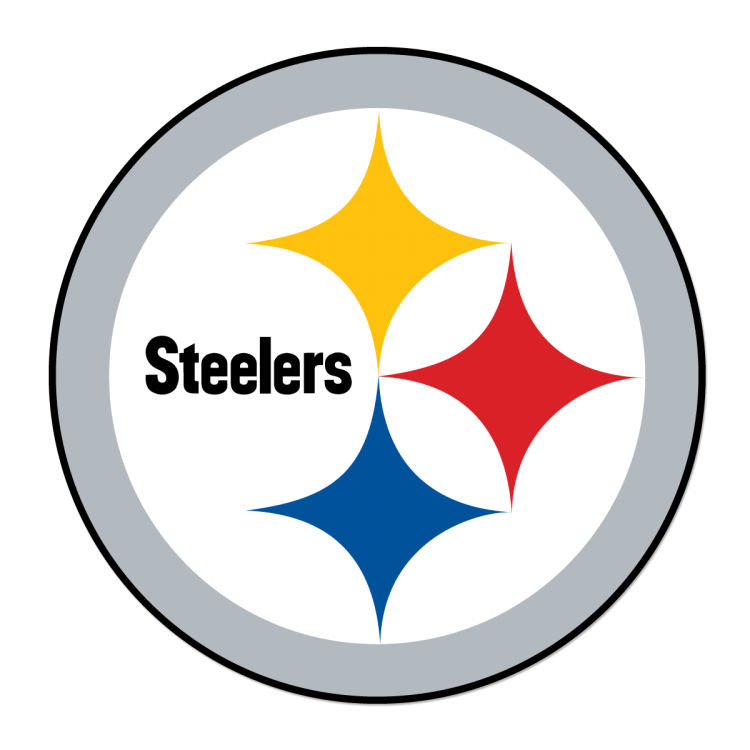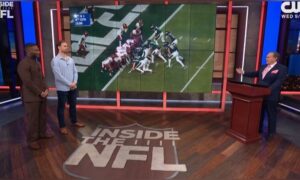As the confetti began raining down at the University of Phoenix Stadium Sunday night, Tom Brady and Bill Belichick cemented their status as arguably the greatest quarterback-coach tandem ever. Part of what makes Belichick so successful is the willingness and maneuverability he displays when it comes to the NFL Draft. He is notorious for trading down, leaping at the chance to swap picks with overanxious general managers and later laughing in their faces with his selections. He collects extra picks like a kid does baseball cards, and his track record while doing it is a smashing success. In fact, without making these types of moves, it’s difficult to see New England even in the Super Bowl, let alone hoisting the Lombardi Trophy.
When it really boils down to it, Belichick only really makes two kinds of trades. He’ll swap a pick now for one that will be better down the line, like in 2010 when the Patriots sent a third round pick to Carolina for a second rounder the next year. He also has an affinity for dishing one pick away and gaining multiple mid-round picks in return. The other way the Pats gain leverage is simply by their free agency tendencies, where they generally kick the tires on devalued players (Brandon LaFell). By doing so, when other teams go after the Pats free agents, Belichick and company are in line for compensatory picks. In fact, due to losing several key free agents during the 1998 season, Belichick used the team’s sixth-round compensatory pick on someone named Tom Brady. Last time I checked, that turned out to be a pretty good selection.
The following is just one example of how Belichick ,more often than not, gets the last laugh with GM’s league wide when it comes to draft strategy. Even Ozzie Newsome, who’s one hell of a general manager and draft extraordinaire himself, isn’t immune. There is one trade he made with the Pats that he probably kicked himself many times over for pulling off. In 2000, after failing to re-sign their Super Bowl-winning quarterback, Trent Dilfer, they instead added Elvis Grbac and later cut him. They tried to put a band aid on the position by signing Jeff Blake, but that was a failure as well. Essentially, the writing was on the wall in the fact that the team desperately needed a quarterback, but couldn’t resist passing up Terrell Suggs with their 10th pick in the 2003 NFL Draft. Newsome realized how badly the team needed a future signal-caller and found a trade partner to move back into the first round in the form of none other than the Patriots.
Belichick pulled the trigger, sending their 19th pick to Baltimore, who proceeded to take Kyle Boller. In return, Baltimore sent the 41st pick as well as their first-rounder in the 2004 draft. Belichick then used the 41st pick as a chess piece to move up to 36 and grab Eugene Wilson, a very solid free safety for the team. The big domino had yet to fall though, as New England parlayed the looming first-rounder from Baltimore and used it to select defensive stalwart Vince Wilfork. It’s safe to say the Pittsburgh Steelers were somewhat happy that occurred, because the thought of trying to run the ball on a front that potentially could’ve featured Wilfork along with Haloti Ngata is an offensive coordinator’s worst nightmare.
Seemingly every year, the Patriots have multiple third-round picks, second-round picks and sometimes, first round picks. Some names the team has acquired with them are Chandler Jones, Dont’a Hightower, Shane Vereen, Stevan Ridley, Sebastian Vollmer, and even mega-star tight end Rob Gronkowski. With so many holes to patch on their defense, this offseason would be a great time for Pittsburgh take a similar approach. Outside linebacker, cornerback and safety are the three biggest needs and this draft is pretty deep at each position. For years now, most draft analysts peg Pittsburgh with taking a cornerback in the first round, and year in and year out, they go elsewhere. Maybe this is the year to trade back and acquire multiple picks to help the defense get back to it’s usual dominant form. Perhaps even double-dipping at the cornerback spot could be a solution, much the same way the front office did with Lawrence Timmons and LaMarr Woodley in the 2007 draft. The defense once struck fear in the opposition, but has taken steps back in each of the last few seasons, so retooling on every level is necessary in order to put some bite back into it. Especially if they want to be mentioned with the elite teams come playoffs.






